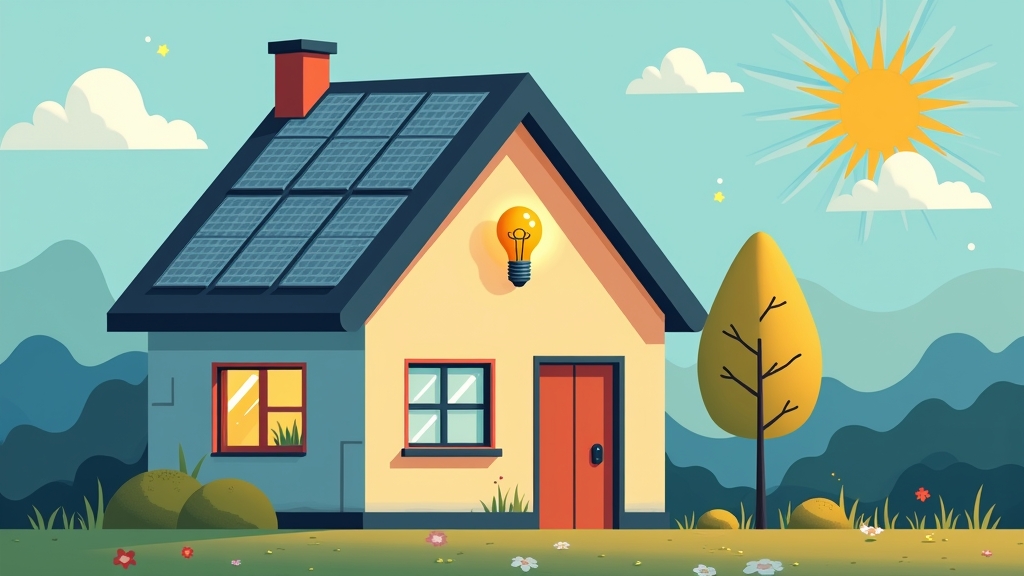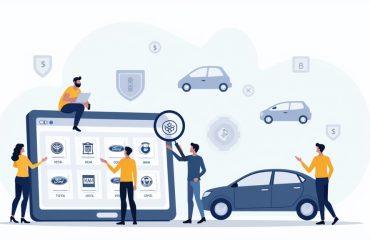advertising
Saving on electricity bills is a priority for many Brazilians, especially in times of economic instability. Electricity tariffs can represent a significant part of a family's monthly expenses, and looking for ways to reduce this bill can bring considerable relief to the budget. Fortunately, there are effective strategies for minimizing these costs, as well as government programs such as the Social Electricity Tariff, which can provide even more savings for those who qualify. In this article, we'll explore how you can reduce your electricity bill and the benefits of the social tariff.
Understanding Your Electricity Bill
Before implementing strategies to reduce your electricity bill, it is crucial to understand how it is calculated. The electricity bill is made up of various tariffs and taxes that can vary according to the region, the type of consumer and the energy concessionaire. In general, it includes energy consumption in kilowatt-hours (kWh), the tariff applied to this consumption, public lighting fees, taxes and other specific charges.
advertising
Energy consumption is the main factor influencing the total value. That's why it's essential to monitor the use of electrical appliances and adopt habits that reduce consumption. In addition, understanding the tariffs and taxes levied on the bill can help identify possible discounts or exemptions, such as the Social Tariff.
Tips for Reducing Energy Consumption
Reducing energy consumption is one of the most effective ways to cut your electricity bill. There are several strategies you can adopt to achieve this goal:
1. swapping incandescent bulbs for LEDs: LED bulbs consume up to 80% less energy and have a much longer lifespan than incandescent bulbs. This simple switch can generate significant savings.
2. Unplug Stand-by appliances: Many appliances continue to consume energy even when they are in stand-by mode. Unplug them when they are not in use.
3. Efficient Use of Appliances: Avoid using high-consumption appliances during peak hours, generally from 6pm to 9pm. Also, keep appliances in good repair and carry out regular maintenance.
4. Make the most of natural light: During the day, make the most of natural light to illuminate your home, reducing the need to turn on lamps.
The Importance of the Social Electricity Tariff
The Social Electricity Tariff is a federal government program that offers discounts on electricity bills to low-income families. The main objective of this program is to ensure that these families have more affordable access to electricity, without compromising their income for other basic needs.
To qualify for the Social Tariff, you need to meet specific criteria, such as being registered with the Federal Government's Single Registry for Social Programs (CadÚnico) and having a monthly income of up to half the minimum wage per person. Indigenous people and quilombolas also have access to this benefit, with an even greater discount on consumption.
How to sign up for the Social Tariff
Signing up for the Social Tariff is a relatively simple process, but it requires those interested to meet the eligibility criteria. The first step is to ensure that your family is registered with CadÚnico. Then you need to contact your local electricity provider and present documents proving your eligibility, such as your Social Identification Number (NIS).
After registering, the utility company will assess the documents and, if everything is correct, apply the discount to the next electricity bill. It is important to remember that the register must be updated regularly to guarantee the continuity of the benefit.

Benefits and Impacts of the Social Tariff on Families' Lives
The main benefit of the Social Tariff is the direct reduction in the value of the electricity bill, which can reach up to 65% for indigenous and quilombola families. This saving allows families to use the difference for other essential expenses, such as food, health and education.
In addition to financial savings, the program contributes to social inclusion by ensuring access to electricity, an essential service for human well-being and development. The positive impact on the quality of life of beneficiary families is significant, allowing them to invest in continuous life improvement.
Conclusion
Having a cheaper electricity bill is possible through conscious changes in consumption habits and by taking advantage of the assistance programs available, such as the Social Electricity Tariff. With a proper understanding of your electricity bill and the adoption of efficient practices, you can considerably reduce your electricity costs. What's more, qualifying for the Social Tariff can provide even greater financial relief, ensuring that access to electricity doesn't weigh down the family budget.
FAQ
1. **What is the Social Electricity Tariff?
It is a program that grants discounts on electricity bills to low-income families, with the aim of making access to energy more affordable.
2. **Who is entitled to the Social Tariff?
Families enrolled in the CadÚnico program with a monthly income of up to half the minimum wage per person, as well as indigenous people and quilombolas.
3. **How can I sign up for the Social Tariff?
Check if your family is on the CadÚnico program and contact your local utility company, presenting your NIS and other necessary documents.
4. **What are the discounts offered by the Social Tariff?
Discounts vary according to consumption and can reach up to 65% for indigenous people and quilombolas.
5. **How does the Social Tariff impact families' lives?
It reduces the cost of energy, increasing the budget available for other basic needs.
6. **Should I update my Social Tariff registration?
Yes, it is important to keep the register up to date in order to continue receiving the benefit.
7. **How can I reduce my energy consumption?
Adopt practices such as changing light bulbs to LEDs, turning off stand-by appliances and using household appliances efficiently.
8. **What is CadÚnico?
This is the Federal Government's Single Registry for Social Programs, which is necessary to qualify for various social benefits.
9. **Can I apply for the Social Tariff if I'm unemployed?
Yes, as long as you meet the income criteria and are registered with CadÚnico.
10. **What documents are needed to register for the Social Tariff?
Social Identification Number (NIS), identity document and proof of income.
11. **Are the Social Tariff discounts applied automatically?
Once the registration has been approved, the discounts will be applied to the electricity bill.
12. **What happens if my income increases?
It is necessary to update the register, and the benefit can be reassessed according to the new conditions.
13. **Is the Social Tariff valid for all types of electricity bills?
Yes, as long as the account is in the name of someone in the family registered with CadÚnico.
14. **How does the Social Tariff help social inclusion?
By ensuring more affordable access to electricity, it promotes quality of life and development.
15. **Where can I find out more about the Social Tariff?
Check with your local electricity agency or visit the website of the National Electricity Agency (ANEEL) for more details.



